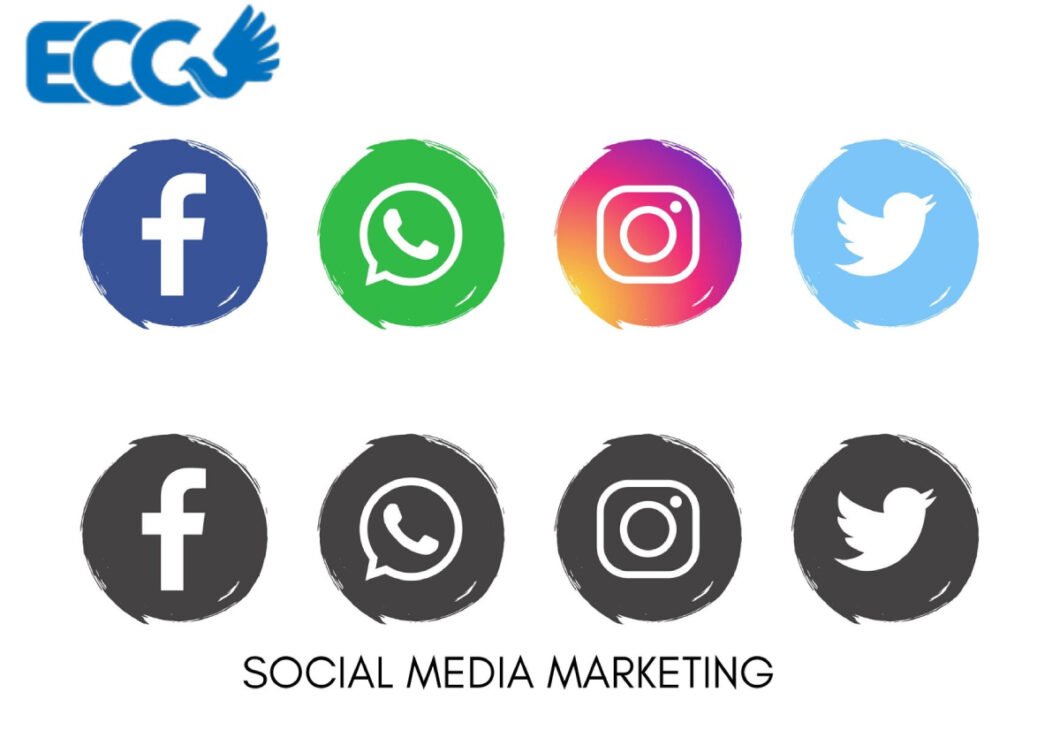The role of social media in marketing Social media as a one of the social interactions has become an inevitable part of both our social and work life (Michael and An-Sofie, 2016), It is a mainstream media platform that connects one-third of the world’s population, communications budgets re re-adjusting as advertisers move away from traditional media and invest greater resources into digital advertising and social media (Fardouly et al., 2017).
The spread of social media crated a whole new era for companies and brands, pushing them to seek new interactive ways of reaching and engaging their customers. This quickly expanding marketing channel, which already reaches more than two thirds of all Internet users, provides unparalleled opportunities for brand and reputation building (Bruno et al, 2016).
Social media provide marketers with remarkable opportunities to reach consumers in their social communities and build more personal relationships with them (Kelly, Ker, and Drennan, 2010). Social media have changed the way brand content is created, distributed, and consumed, transferring the power to shape brand images from marketers to consumers’ online connections and content.
Bruno et al. (2016) depicted that social media seem to play a key role in a brand’s success For ample, Louis Vuitton (LV) posts videos of its catwalk presentations on its Facebook page, giving all LV fans the opportunity to enjoy the show and Burberry launched an online shopping site for Chinese consumers, offering a 24-hour customer service through online chat systems.
According to Bruno et al. (2016). Social interaction describes users who contribute to brand-related social media platforms in order to meet like-minded others, interact, and talk with them about specific products/ brands.
Social Media Marketing (SMM) enables companies to communicate directly with consumers using this high technology publishing tool. It based on a natural, authentic conversation between people about a common interest subjects.
Social media associate E-WOM with online consumer to consumer interactions about brands (Bruno et al., 2016). E-WOM is defined as “any positive or negative statement made by potential actual or former customers about a product or company, which is made available to a multitude of people and institutions via the internet” (Thorson and Rodgers, 2006).
Research investigates that E-WOM and WOM have higher credibility, influence and pertinence for customers than marketer sources created of information on the Web or printed ads and personal selling and radio advertising (Bruno et al., 2006; Buryn and Lilien, 2008).
Bruyn and Lilien, (2016) examined that there are many factors can drive consumers to use such behaviors such as; satisfaction, level of commitment for the company, length of the relationship with that company and novelty of the product.
There for it’s very important to understand information-seeking behaviour in order to understand which is more effective on customer purchase decision; customer with little expertise in product category or who deeply involved in. And what are the circumstances that depending on WOM communications more than other sources of information to make a purchase decision
Social media are perfect tools for EWOM, because consumers generate and spread brand related information to their friends, peers, and other without constraints. Further, E-WOM conversations are no synchronous and are able to reach a great number of people in a short period of time, it means that both communicators and consumers have extremely more options available to share and spread opinions than could be possible with traditional WOM leading to greater awareness.
There are many types of E-WOM communications like; discussion forums, UseNet groups, product reviews, blogs and social network sites SNS (King et al, 2004).
Non-Traditional Target Marketing such as digital marketing has brought many new opportunities and tools to the forefront of event marketing that include social media, email marketing, blogs, SEO and video marketing.
Geraghty and Conway, (2016) explained that it is overwhelming how much marketers can now do using digital methods and the rate is increasing, both financially and quantifiably. Online targeting consumers have been a great advantage to marketers as they can now see not only what a person is viewing but for how long, where and why.
Spreading Loyalty programmes online is a new marketing tool
faithfulness programmes are currently as stand out amongst the most mainstream advertising techniques to hold customers (McCall and Voorhees, 2010), Devotion programmes are prevalent advertising relationship procedures created to build client customer loyalty (Chai et al., 2015).
Loyalty programmes have turned into an undeniably mainstream apparatus for administrators to manufacture client reliability.
The Internet has facilitated access to information, to knowledge. The credibility of the statements transmitted through advertising can now be easily verified (Chioa, 2014). With the continuing development of the Internet, online information search has become more and more popular.
Among the different types of information online, word of-mouth (WOM) has a powerful impact on consumers’ purchase decision making. People are using the internet for social purposes, many choices of consumers are made within different social groups and even once consumers decide on their own, word-of-mouth from other people can influence them.
Use positive testimonials to dominate the market:
Social media made a delimitation between organic WOM and amplified WOM; organic WOM occurs naturally when a person wants to tell others about a positive or negative experience with a product or a company, while amplified WOM occurs when a marketer launches a campaign or in some other way encourages others to speak about a product or a company (Chiosa, 2014).
Direct marketing Direct marketing became a dynamic tool at the time when the cost of communication was dropping speedily.
The late prevalence of low-cost internet access opened up opportunities for companies to deal directly with thousands or millions of customers that can’t be reached before, and only manageable through the use of intermediaries.
The cost of communication has declined with the new communication channels, offering opportunities as well as challenges for direct marketing. The opportunities derive form the greater choice of lowcost means of communicating with current and potential customers.
But it is a challenge for firms to evaluate the effectiveness of this proliferation of new channels. A more significant challenge is the lack of control over communication which this increase of channels implies, as consumers are increasingly able to communicate among themselves, and in this high load communication environment, the direct marketer has to compete for attention with messages from a wide range of peer group based media (Palmer and Koenig-Lewis, 2009).
You can recruit independent representatives online
Direct selling provides millions of Americans with the opportunity to supplement their income, balance work with family and purchase quality goods at a discount for their personal enjoyment (Sypniewska, 2013).
Earlier the year of 2014, the direct sealing Association (DSA) released the results of its annual Growth and nearly one out of five is involved in direct selling
So why not to build a brand based on positive testimonials and independent sales representatives online?
Role Of Social Media Marketing


